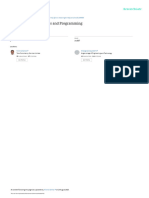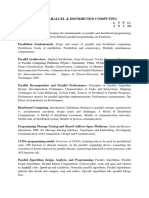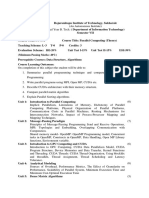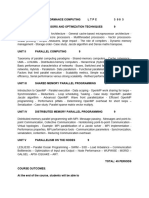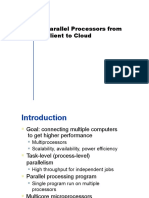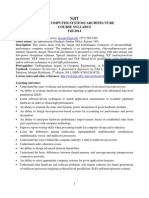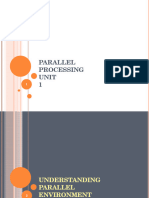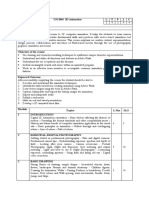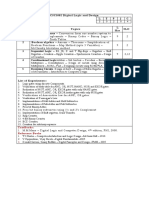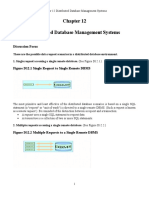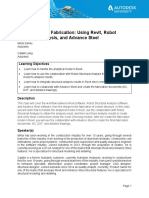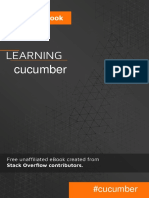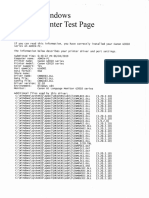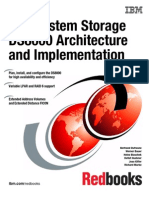0% found this document useful (0 votes)
94 views9 pagesCSE5006 Multicore-Architectures ETH 1 AC41
This course provides knowledge on multicore architectures and parallel programming. It covers topics such as evolution of multicore processors, parallel programming models, OpenMP, CUDA, performance analysis tools, and trends in high-performance computing. The course aims to enable students to design and develop parallel applications and analyze their performance using tools like OpenMP, CUDA, VTune and MKL.
Uploaded by
;(Copyright
© © All Rights Reserved
We take content rights seriously. If you suspect this is your content, claim it here.
Available Formats
Download as PDF, TXT or read online on Scribd
0% found this document useful (0 votes)
94 views9 pagesCSE5006 Multicore-Architectures ETH 1 AC41
This course provides knowledge on multicore architectures and parallel programming. It covers topics such as evolution of multicore processors, parallel programming models, OpenMP, CUDA, performance analysis tools, and trends in high-performance computing. The course aims to enable students to design and develop parallel applications and analyze their performance using tools like OpenMP, CUDA, VTune and MKL.
Uploaded by
;(Copyright
© © All Rights Reserved
We take content rights seriously. If you suspect this is your content, claim it here.
Available Formats
Download as PDF, TXT or read online on Scribd
/ 9

